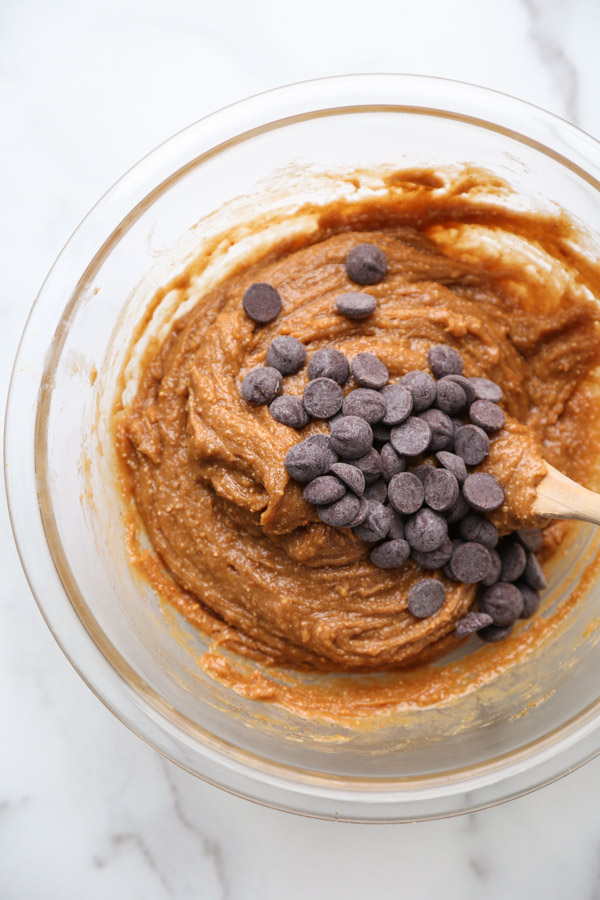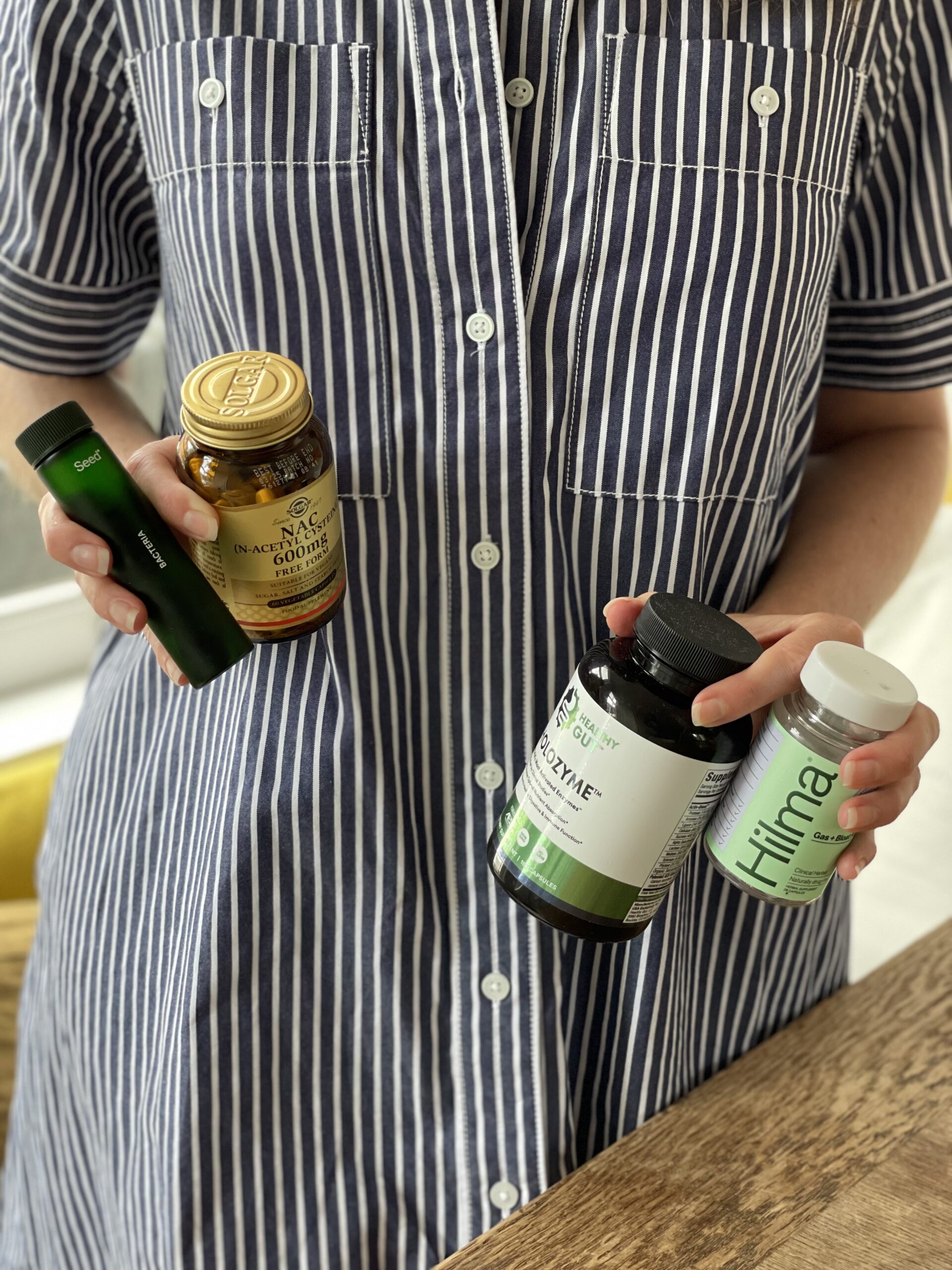In this post, you’ll learn how to tell the difference between SIBO symptoms and Candida or SIFO (small intestinal fungal overgrowth), the difference in treatment plans, and SIFO diet do’s and don’ts.

What we will cover:
Deciphering Your SIBO vs. Candida Symptoms
Let me walk you through a common SIBO amigo scenario: you are diagnosed with small intestinal bacterial overgrowth and undergo SIBO treatment. You feel about 40 percent better, so you test again and find that the SIBO is gone. But your symptoms — chronic bloating, betting, nausea, diarrhea, and bloating — remain, albeit to a lesser extent.
It would be nice if there was a single problem that causes all of our irritable bowel syndrome problems and many pin all their hopes and dreams that SIBO is that ticket. Unfortunately, a few co-infections are often involved as well. And one of the most common overlaps is yeast or fungus overgrowth, also known as Candida or SIFO.
What is SIBO vs Candida or SIFO?
SIBO, or small intestinal bacterial overgrowth, occurs when perfectly normal bacteria colonize too far up the digestive tract. Most of your beneficial bacteria reside in your colon, where they participate in important steps in the digestive process, breaking down plant fibers and helping with elimination.
Although SIBO can be caused by bouts of bad bacteria, it’s actually a matter of location, not type.
When the same population of bacteria colonizes the small intestine, it causes a variety of digestive problems: gas, bloating, leaky gut, and food intolerance. For a full list, see my post on SIBO testing or my book on the subject, SIBO Made Simple.
Similar to bacteria, the presence of yeast or fungi in the body is fairly normal. For the most part, it colonizes our skin and mucous membranes. The problem arises—often due to the same risk factors as SIBO, such as recurring antibiotics—when our immune system or microbiome becomes unbalanced. This can result in either overgrowth or a loss of tolerance to these organisms, or both.
How do you get SIFO or Candida?
There are three main scenarios that cause yeast or fungus overgrowth.
The first is an infection – something that can be treated with over-the-counter medications. Think of a vaginal yeast infection or a toenail fungal infection. Excess estrogen is one of the potential triggers for recurring yeast infections, especially when they tend to get worse due to fluctuating hormone levels mid-cycle or before your period.
The second scenario is what we see most often with SIBO: an overgrowth in the gut. SIFO means excessive numbers of fungal organisms in the small intestine as opposed to SIBO which is excessive numbers of bacterial organisms.
The term was coined by Dr. Satish Rao, one of the leading researchers on the relationship between SIBO and SIFO. Through his studies, in which juice samples are taken from the small intestine using endoscopy, Dr. Rao found that in patients who show IBS symptoms, A quarter will have only SIBO, another quarter will only have SIFO, and about half will have both.
The third yeast scenario associated with overgrowth is when your immune system turns against and becomes intolerant of your fungal friends. This is another case where your immune system can have cross-reactivity issues between different proteins.
For example, people with this type of Candida intolerance can also develop gluten intolerance or full-blown celiac disease. There is also a high correlation between loss of yeast tolerance and mast cell activation syndrome, eczema and other skin conditions, and inflammatory bowel disease (IBD).
Several studies have found that patients with Crohn’s disease have higher levels of yeast and high levels of anti-yeast antibodies.[i] The immune response to the yeast can actually trigger Crohn’s disease and associated symptoms in some patients. Likewise, the use of antifungal drugs in the management of colitis patients has been shown to improve symptoms and remission rates.[ii]
What makes distinguishing between SIBO and SIFO difficult is that the symptoms and many of the risk factors are relatively the same.
Testing options for determining yeast are much less reliable and less accessible than the SIBO breath test, so a method of elimination is the best choice. If the SIBO test is negative and all the signs in your medical history point to yeast, treatment with a range of antifungal medications or a change in diet is an easy next step.[iii]

How to do a Candida or SIFO diet test
If you experience a fungal infestation, it could lead to a sensitivity to mold or yeast in your diet. This means that changing your diet can be both part of your treatment plan and can help you figure out if you have SIFO in the first place.
Includes a yeast challenge Removing yeast- and mold-containing foods and foods that promote yeast for five days.
Ingredients to remove on a SIFO diet include:
- Sugar
- baking yeasts
- Vinegar
- dried fruits
- fermented alcohol (wine, beer, cider)
- fermented vegetables
- kombucha
- teas
- Coffee
- aged meat
- bottled juices
- bone broth
The list really includes everything that is old. For a full list, see my book SIBO Made Simple, which also lists recipes labeled Candida-friendly or SIFO-friendly.
After 5 days, add one of these foods again and measure your reaction. For example, start with fermented vegetables and see how you feel over the next 1-3 days.
This diet test is (beyond the test) one of the most effective ways to rule out SIBO vs. Candida.

Tips for ruling out other gut problems
Find out if it is also a histamine problem. If you have a reaction to fermented foods, it can also indicate histamine dysregulation, which can be common in both SIBO and fungal infections. You may have noticed that the list of foods above is very similar to foods high in histamine. Test again with distilled vinegar or fresh lemon juice, both are high in histamine but not yeast or mold. For more on this, see my full interview on Histamine Intolerance and Sibo.
Observe cross-reactions with other food groups. If you develop immune resistance or an allergy to Candida, these antibodies can cross-react with the gluten protein. Other things to avoid when trying to reduce your yeast symptoms: all sweeteners, eggs, soy, and corn.
Or better yet, do a total elimination diet to find your triggers (read more about doing an elimination diet here).
Keep whole grains in your diet if you can tolerate them. Many online Candida diets recommend avoiding starches and starchy vegetables, but SIFO may not require it.[iv]
“White rice has less mold than eating a flour product that has been milled and has been on the shelf for a while,” says Dr. Ami Kapadia, who specializes in SIFO in her practice. “There are studies showing that if you remove all starches, fungi can start feeding on other food groups.”
The transcript of my full interview with Dr. You can read Kapadia on the SIBO-Candida connection here.
Look at nutrient deficiencies. Deficiencies in magnesium, B vitamins, vitamin A, zinc, essential fatty acids, iron, biotin, and folic acid have been linked to yeast problems.
Check for co-infections. Tick-borne diseases like Lyme disease and environmental toxins can affect our immune system’s tolerance and overall gut health. Parasites are another big problem.
Watch out for the die-off. If someone has a severe reaction to antifungal drugs (like those found in many compound herbal protocols for SIBO), it could be an indication that the immune system is no longer tolerant of these organisms.
Be wary of mold in the area. There are studies showing that if you have Candida colonization, you may be more prone to developing an environmental mold allergy.[v] If you live in a building that has already suffered water damage, you could be triggering an immune system response. Mold toxins in your home can also contribute to SIBO as they can interfere with bile production and affect the nervous system. Find a trusted environmental consultant in your area if you suspect mold is a problem in your home. You may also want to use a protocol to naturally detoxify your liver.
Find ways to relieve symptoms beyond diet. My roundup of the best SIBO supplements includes many options that are also candida-friendly and can help with gas, bloating, constipation, and more.

References:
[i] https://www.ncbi.nlm.nih.gov/pmc/articles/PMC3163673/
[ii] https://www.medicalnewstoday.com/articles/319633.php
[iii] Nutrition and Candidiasis by Dr. Galland.
[iv] https://www.ncbi.nlm.nih.gov/pmc/articles/PMC3667795/
[v] https://www.ncbi.nlm.nih.gov/pmc/articles/PMC5647975/

